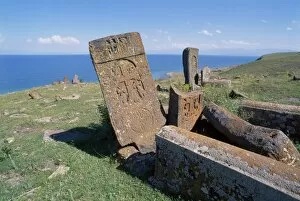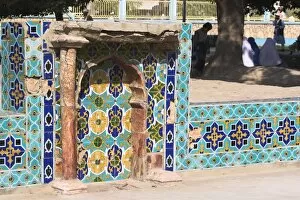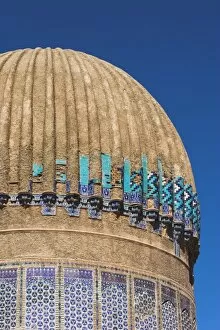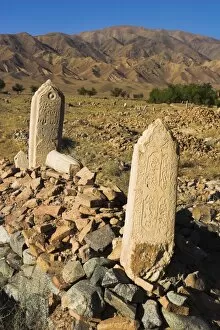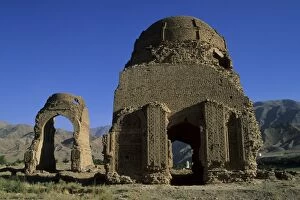Mausoleum Collection (page 94)
The mausoleum, a timeless symbol of grandeur and remembrance, can be found in various corners of the world
For sale as Licensed Images
Choose your image, Select your licence and Download the media
The mausoleum, a timeless symbol of grandeur and remembrance, can be found in various corners of the world. One such iconic masterpiece is the Taj Mahal, nestled in Agra, Uttar Pradesh, India. As a UNESCO World Heritage Site, it stands as an epitome of love and architectural brilliance. Indian women standing in line at this majestic structure add to its allure. Venturing further eastward to Xian, Shaanxi Province in China brings us to another awe-inspiring mausoleum: the Lintong site housing the Army of Terracotta Warriors. This UNESCO World Heritage Site showcases thousands of intricately crafted statues that guard over the Mausoleum of the first Qin Emperor. In Italy's Lombardy region lies Bergamo with its breathtaking Saint Mary Major (Santa Maria Maggiore). The high-angle view from this mausoleum offers a glimpse into history and religious devotion. Back to Xian we go; here we find yet another remarkable testament to ancient craftsmanship – the Museum of the Terracotta Warriors within the Mausoleum of the first Qin Emperor. Visitors are captivated by these life-sized sculptures that have stood for centuries. Traveling across continents takes us next to Egypt's Valley of Kings where Tutankhamun's Tomb boasts mesmerizing wall paintings. These intricate artworks provide insight into Egyptian culture and beliefs surrounding death and afterlife. Whether it be through Indian women patiently waiting at Taj Mahal or visitors marveling at terracotta warriors' details or even admiring Tutankhamun's tomb paintings – each mausoleum carries its own unique story waiting to be discovered. The Taj Mahal continues enchanting all who lay eyes upon it with its ethereal beauty alone.


